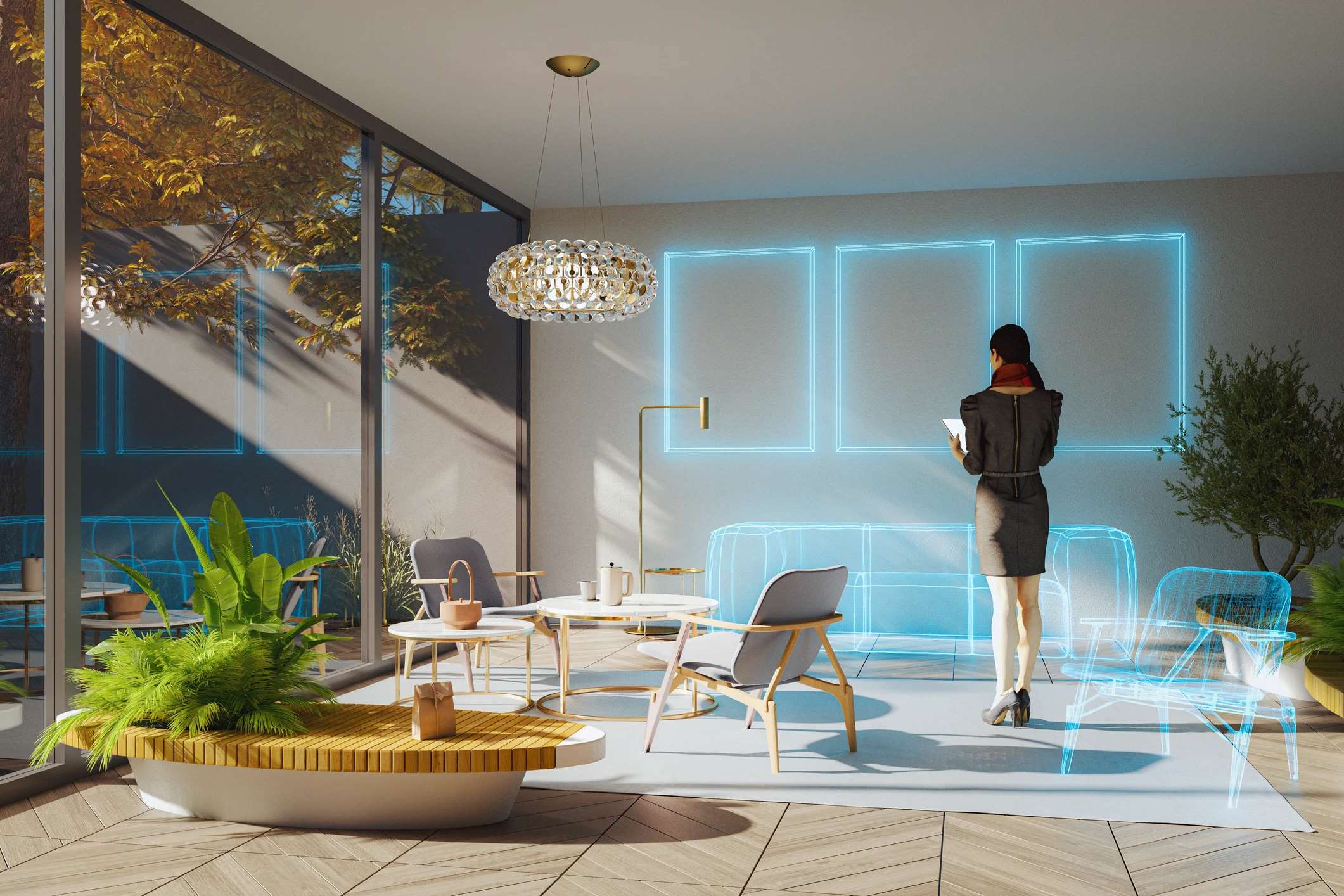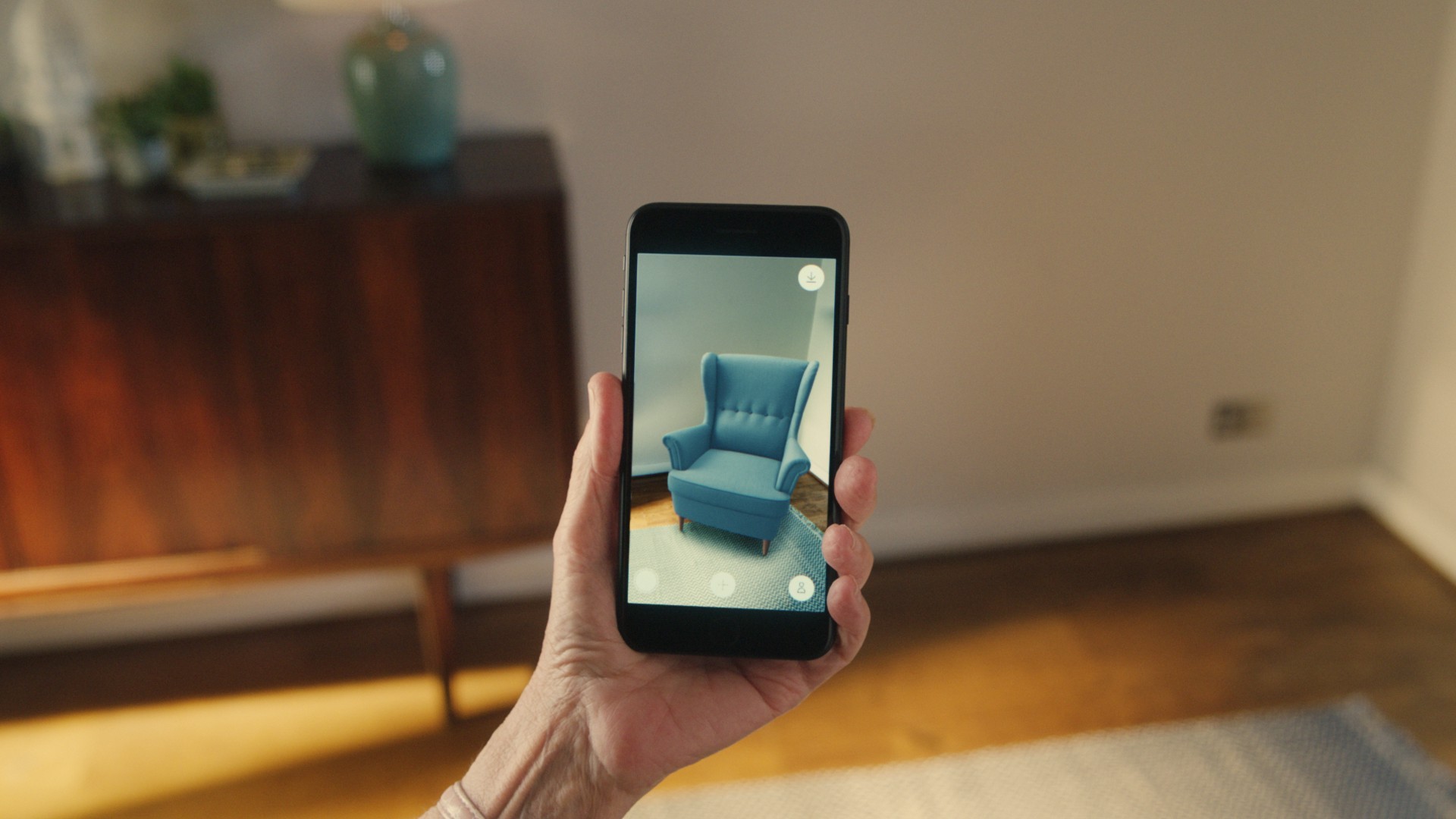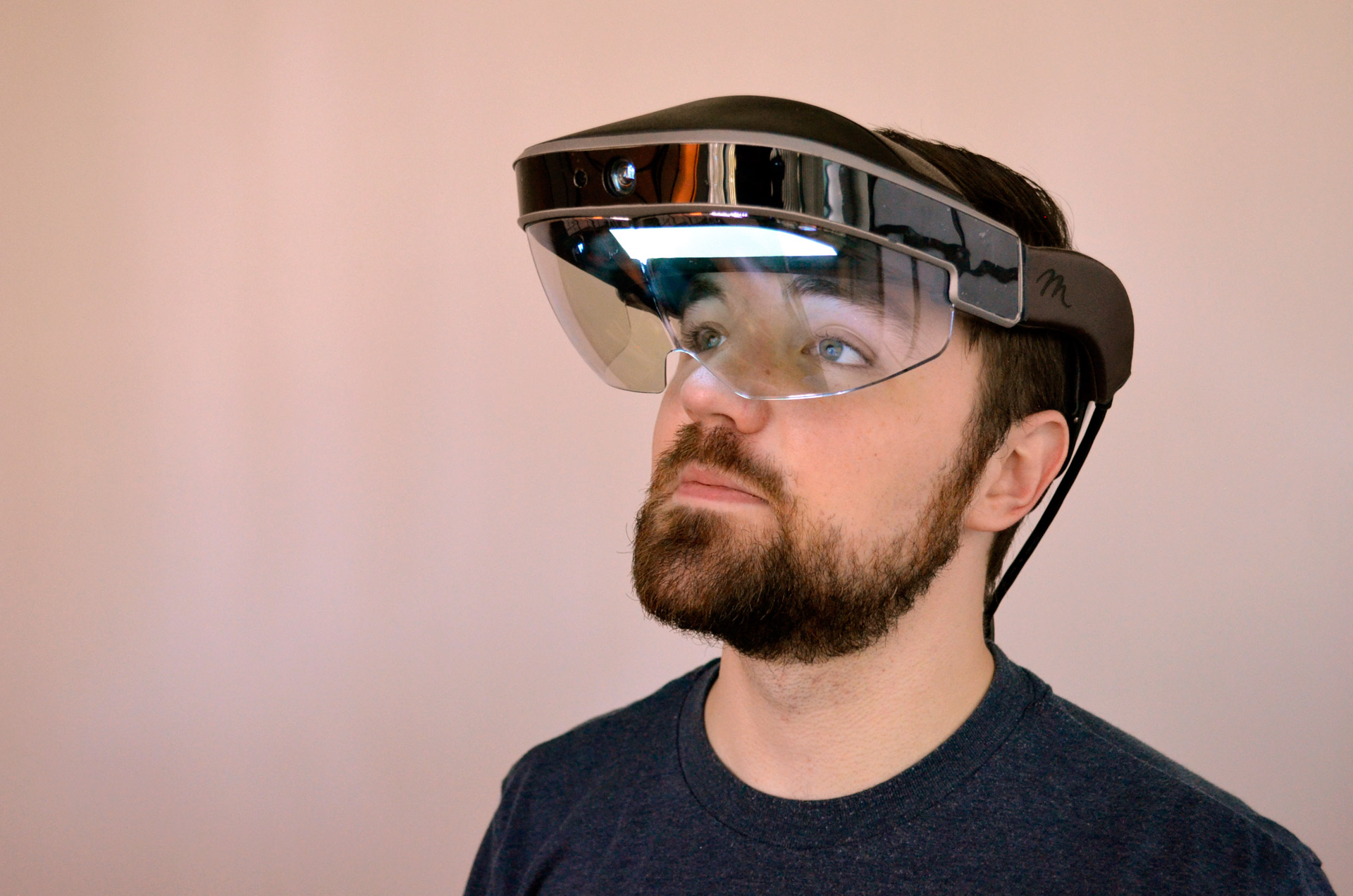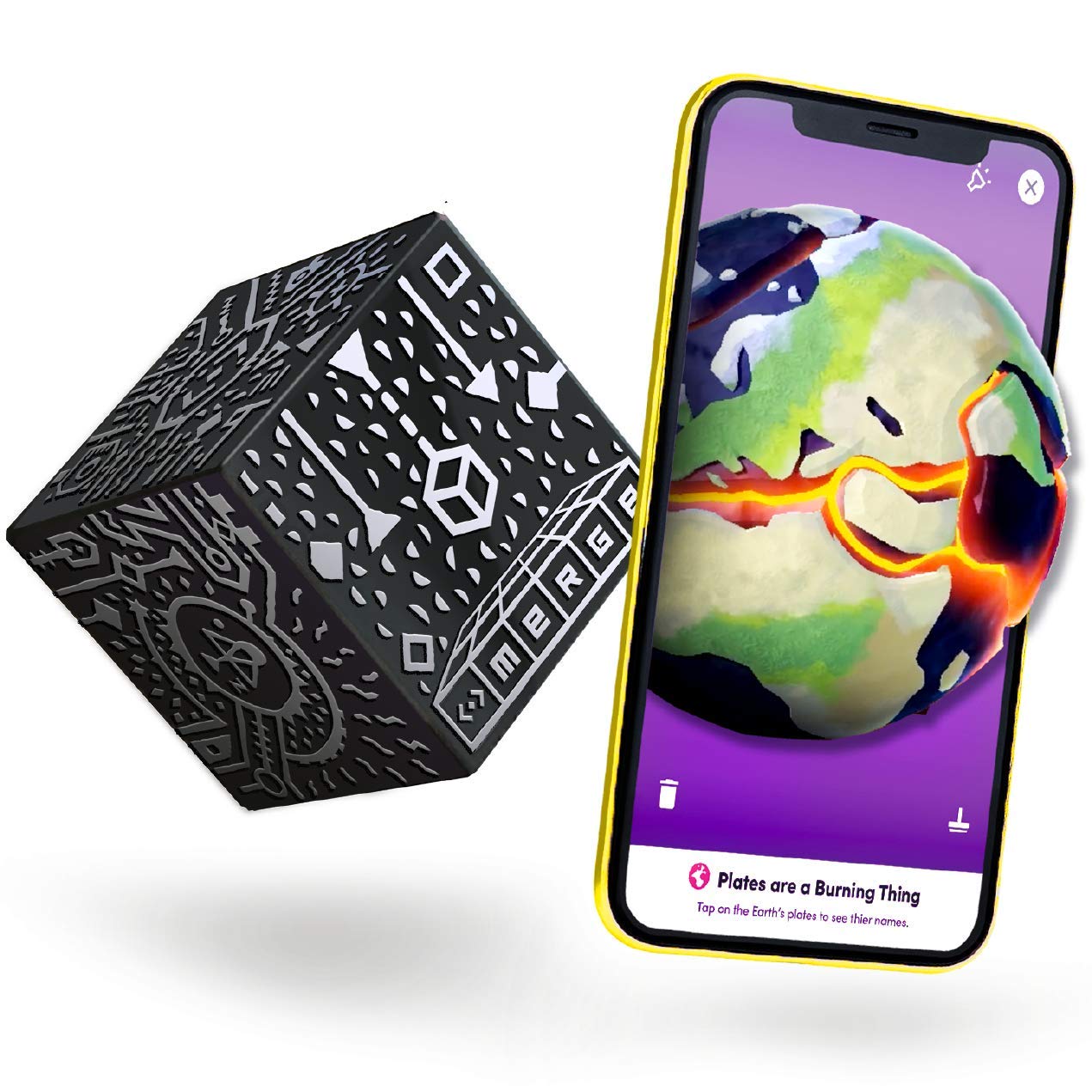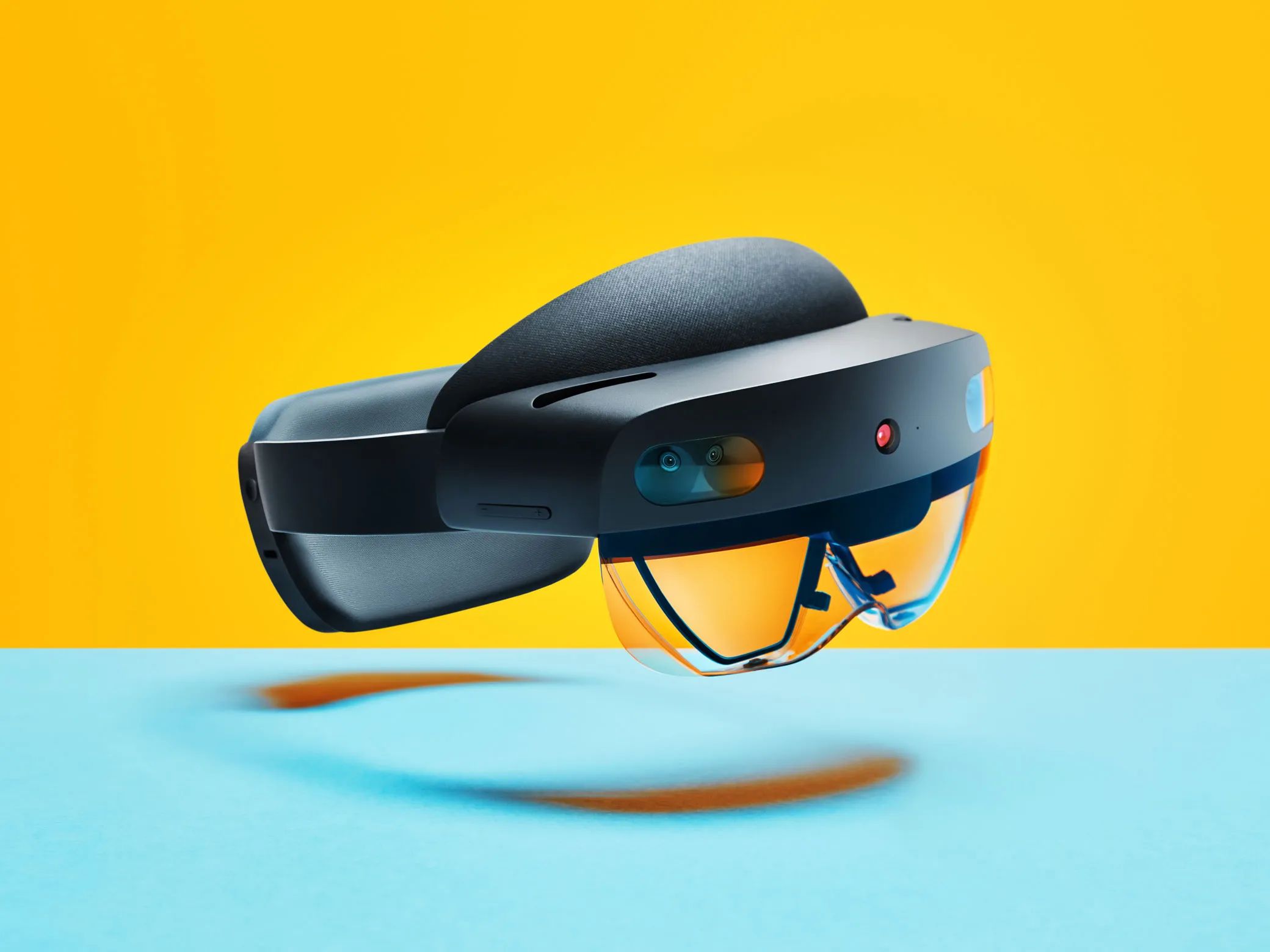Meta, formerly known as Facebook, has unveiled an exciting new feature for its Quest 3 mixed-reality headset. Users will now have the ability to personalize their physical spaces with digital objects called “augments.” These augments can be dynamic 3D objects or 2D displays that seamlessly blend with the real-world environment.
Key Takeaway
Meta’s Quest 3 mixed-reality headset allows users to personalize their physical spaces with digital objects called “augments.” These augments, whether 3D objects or 2D displays, seamlessly integrate into the real-world environment, offering a unique and customizable mixed-reality experience. The Quest 3 also features enhanced spatial computing capabilities and the ability to effortlessly transition between AR and VR, setting it apart from other headsets in the market.
Customize Your Space with Augments
During Meta’s annual Connect conference, Andrew Bosworth, Meta’s Chief Technology Officer, explained how users will be able to customize their spaces using a library of augments. These digital objects can interact with the world in unique ways that physical objects cannot. Whether it’s displaying digital trophies from Beat Saber, bringing favorite artists and stations to life with an iHeartRadio widget, or simply decorating the space with a digital clock, the possibilities are endless.
One of the key features of these augments is their ability to be sized, placed, and spatially anchored. Every time users put on their Quest 3 headset, the augments will be exactly where they left them, creating a consistent and personalized mixed-reality experience.
Mixed-Reality Advancements and Spatial Computing
The Quest 3 builds upon the tech foundations of its predecessor, the Quest Pro, by further enhancing mixed-reality aspects. When users put on the Quest 3, they will see the world around them, not just through a live video feed of their physical space. The headset automatically maps the user’s space, understanding elements like walls, furniture, and objects, which then become integrated into the virtual environment.
This integration allows games and experiences to incorporate the user’s surroundings. For example, in the game “First Encounters,” an alien spaceship can descend from the user’s ceiling and land on their coffee table. Additionally, the Quest 3’s spatial computing capabilities eliminate the need for virtual boundaries, as the headset can understand the safe areas for movement within the physical space.
Meta’s Differentiating Factor
Bosworth highlights that the Quest 3’s key differentiating factor is its capability to seamlessly combine augmented reality (AR) and virtual reality (VR). Unlike other headsets that focus solely on one aspect, the Quest 3 can transition from an immersive private theater experience to a big screen on the living room wall with a simple double tap on the side of the headset.
Meta’s Quest 3 brings mixed-reality to new heights with its ability to personalize physical spaces through the use of augments. With improved color accuracy and reduced distortions and latency, this headset offers an impressive spatial computing experience. As it enters the market, it aims to rival competitors like Apple’s Vision Pro AR headset, which predominantly focuses on AR.







